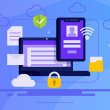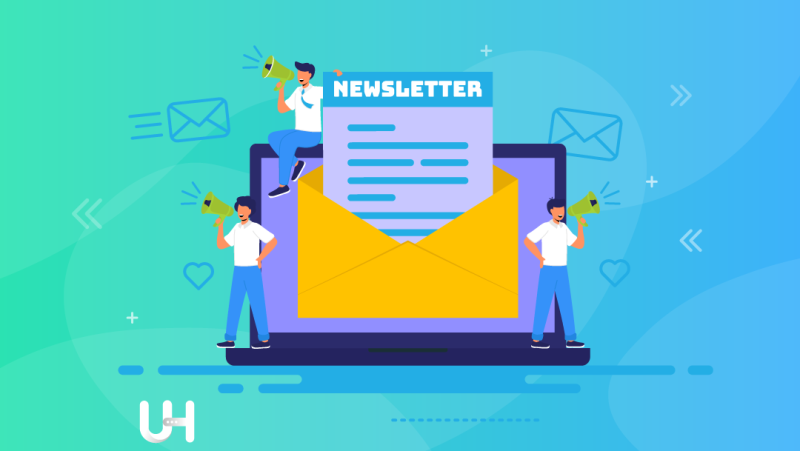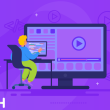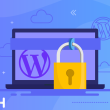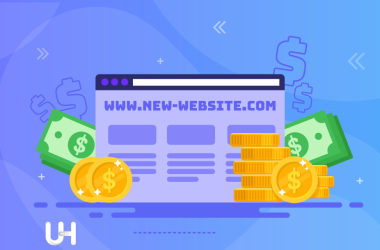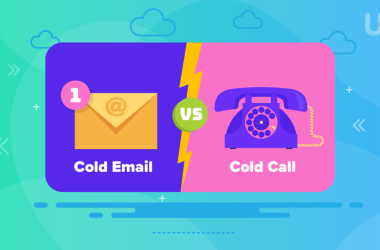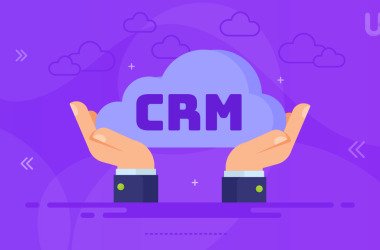Every blogger knows that people will not leave their e-mail addresses like anything. Their mailboxes are flooded with dozens of messages daily; it’s hard to keep up with deleting unnecessary e-mails on the fly. And every company, website, and blog is perpetually fighting for the user’s attention.
Now consider: how many websites did you visit last week? Thirty? Fifty? Over one hundred? Without any doubt, each of them offered you to subscribe to the newsletter. Or at least 80% of them, so you have received 24, 40, or 80 approaches for signing up for a newsletter. And how many newsletters have you signed up for? 0?
It’s not easy to get the attention of an internet user
So you can see that it is not easy to get the attention of Internet users. After all, you are the user of those 30-50-100 pages, and none of them had convinced you to leave them your e-mail. Even if you have set up an account on some portal, you haven’t checked the box “sign me up for the newsletter”. You don’t want unnecessary e-mails in your inbox.
Your users and customers think similarly. Each of them, like you, must protect themselves from the aggressive marketing strategies of companies that want to sell themselves to us. We must be assertive about all requests and incentives to subscribe to newsletters. Otherwise, we could spend our entire lives fighting incoming mail.
So is e-mail marketing just a waste of time and money? None of these things! E-mail marketing is a very effective tool as long as you don’t follow the 2005 guides. And by observing and analyzing the popular newsletter databases and e-mail marketing practices of most businesses, you get the impression that 2005 has remained the same. And we already have the end of 2022!
Don’t get stuck in the past. It’s 2023!
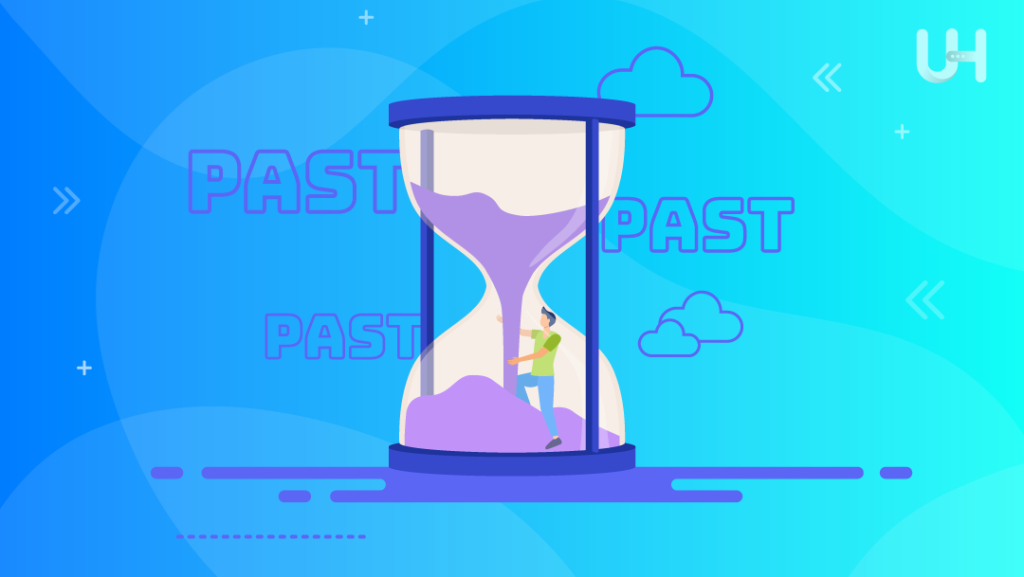
Internet technologies are changing very dynamically. Almost every year brings considerable changes. The Internet from 5 years ago is totally different than today. The way we use the Internet, technological possibilities, the equipment we use – all this is changing dynamically. Also, marketing strategies have to change.
How was the Internet used in 2005? You had accounts on several sites, you visited 20-50 pages a month, there was neither Facebook nor YouTube, and your e-mail was the heart of your Internet. Subscribing to the newsletter was the only way to keep up to date with the content that interested you. You didn’t have to be particularly encouraged – you were looking for newsletters from websites you like to visit.
Currently, the heart of your Internet is a social network. You no longer subscribe to newsletters but like sites that interest you. You get notifications when they publish content you like, or you can find it in your newsfeed. E-mail is still in use, but you no longer want to receive messages about a new article on an astrology blog because you get information about it on Facebook.
How do people use e-mail nowadays?
Your e-mail inbox has become a more official channel, and you want to keep it organized. You don’t want to miss an important e-mail from your bank or courier. However, if you sign up for the newsletter, you do so consciously to get something that you will not get in any other way.
Newsletters have acquired an exceptional value nowadays. With their help, you can maintain close, friendly, almost intimate contact with people you admire or brands you are passionate about. You belong to the elite group of their most loyal fans.
You not only follow it on Facebook but also are a Facebook group member and have notifications turned on. And you use their newsletter to receive an important message once or twice a week, which you are always waiting for and eagerly reading it.
The newsletter today, in late 2022, replaced the 2005 magazine subscriptions; this is critical to understand well. The internet user no longer subscribes to dozens of newsletters, but only to selected ones to receive valuable content.
Therefore, “access to free add-ons and exclusive content” is not enough for a newsletter. Your blog is supposed to provide access to free add-ons and exclusive content, and the user, when they wish so, will visit your site and use these free add-ons and exclusive content.
Free product
The newsletter must offer something specific. A full-fledged product, such as a photography tutorial for beginners, to which the user will pay attention. Because the user’s attention is a common currency on the Internet today, somewhat an online dollar. The user pays with their attention and expects to receive a full-value product.
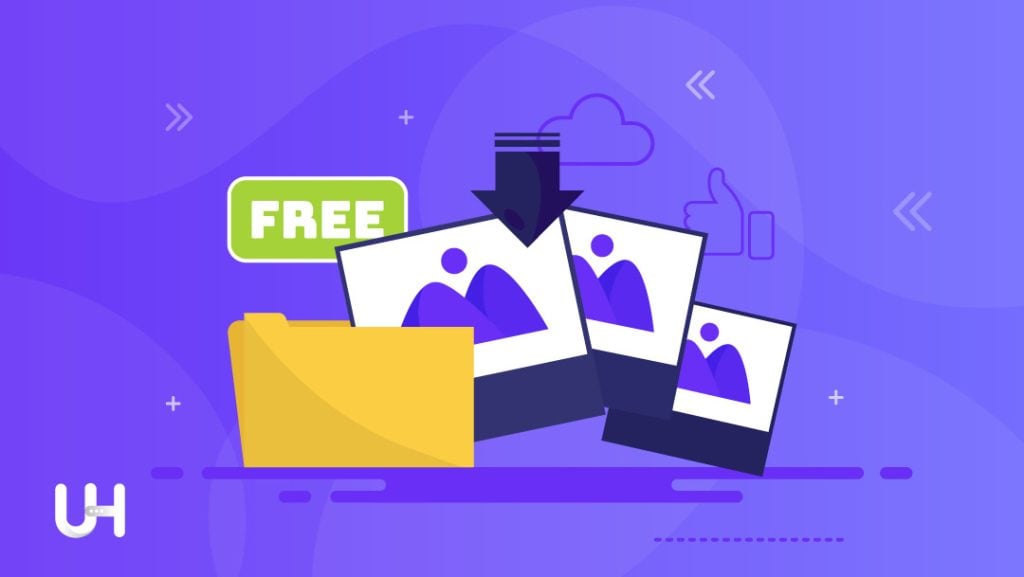
You have some knowledge. You’ve probably been running your blog or eCommerce business for some time, and you know your users enough to guess what could be the most attractive topic for them. So create a product that you could easily display in the online store and earn good money on it and offer it for free, a “thank you” for subscribing to your newsletter, and the list of your subscribers will grow more than ever.
Elements of success
It sounds beautiful and easy, but it won’t happen by itself. To be successful, you have to put in some effort – and it doesn’t stop there. The principles of effective subscription to the newsletter are an essential part of the knowledge about e-mail marketing, so without wasting any more time, let’s get to work.
Below you will find the main ingredients of success in attracting new subscribers to your newsletter. These are not mandatory elements, but each has value and increases the chances of someone signing up for your newsletter. It’s best to use them all, but it’s not obligatory.
I will present all the elements on the example of a blog run by an experienced photographer who shares his knowledge and skills.
It must be a forceful call to action button. It cannot be any “Sign up”, “Add to the newsletter”, or “Join”. So what if they are the CTAs you see on most sites? But are they really calling for action? No, these are relics of the past. If you want to join a newsletter, you don’t need a CTA, you just do it. But today hardly anybody wants to join the newsletters. The author has to convince the guest to do it.
An exceptional CTA must speak to their dreams, desires, and needs. So your user clicks on the CTA: “I want to take better photos!”. Concrete. The reader knows immediately what they “buy” with their e-mail.
Information about the e-book in the column on the blog
You should know the behavior of your website or blog users. To know it you use web analytics, primarily Google Analytics, session monitoring tools, and heatmaps. For this HotJar is suitable. It is freemium software that helps you record user sessions on your website and create heatmaps.
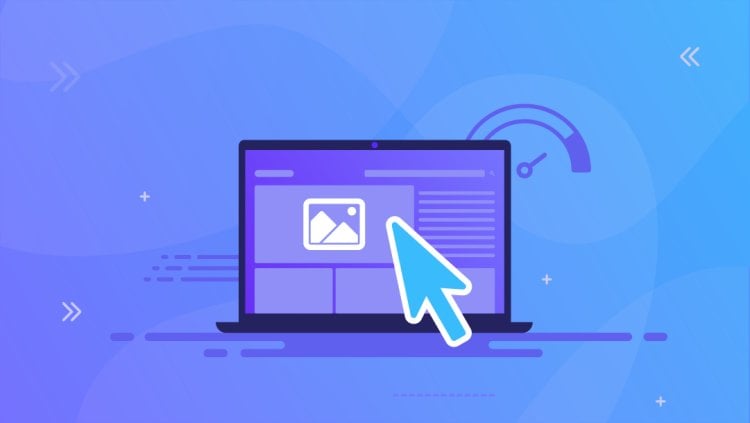
By observing the audience’s behavior on the heatmaps, you will see that the graphics are eye-catching. So locate frequently visited parts of your website and put there nicely presented (using free mockups) heading “PDF Photography Basics Guide”. It immediately tells them what type of product it is, and the cover is specific, attracts attention, and promises high quality. Like a bookstore bestseller.
Landing page
It is a specially created subpage, without a side column, with minimal information. There are elements such as:
- catchy slogan (“Are you fed up…”),
- a promise, or what the user can expect after reading (“this ebook will help you…”),
- a few situations – life examples where it is worth reaching for PDF (“If you don’t know how to start taking pictures of your children… ”).
Next, there must be a large newsletter subscription window, encouraging the guest to fill it out. All you need is an email address and name but packed in charming form. But don’t end it with “Send”, “Save” or anything like that. Reuse CTA (“I want to take better pictures!”).
Don’t forget to add social buttons. Here, too, you have to act similarly to the CTA. Impersonal “share” is not enough. If the user wishes to share your page on social media by themself, they will do so anyway. The buttons ought to encourage people who would not normally share your page.
A proven technique that you can use in this case is a request (“please, share”), indicating who it is worth sharing the material with (“for other photography enthusiasts”) and why (“they will be grateful to you”). An exemplary social media button can be labeled as follows: “Do you know other photography enthusiasts? Please, share this e-book with them. They will be grateful to you!”
E-book title and cover color
Packaging is crucial. Remember that in business, appearance matters. In the case of your e-book, the packaging consists of a title and a cover (i.e., a mockup). It’s worth spending a lot of time choosing a spanking title. As for the color of the cover, it is no secret that the red color is very eye-catching. Anyway, it is enough to look at the parking lot. I am sure that the red cars will attract your attention first. If you don’t like red, then try a different, warm, distinctive color.
Benefits
It is essential to communicate the benefits openly. After all, the customer or guest does not want to find out what features a given product has, but how these features will affect their life. Therefore, both on the landing page and the blog, you must emphasize the benefits of having such a publication.
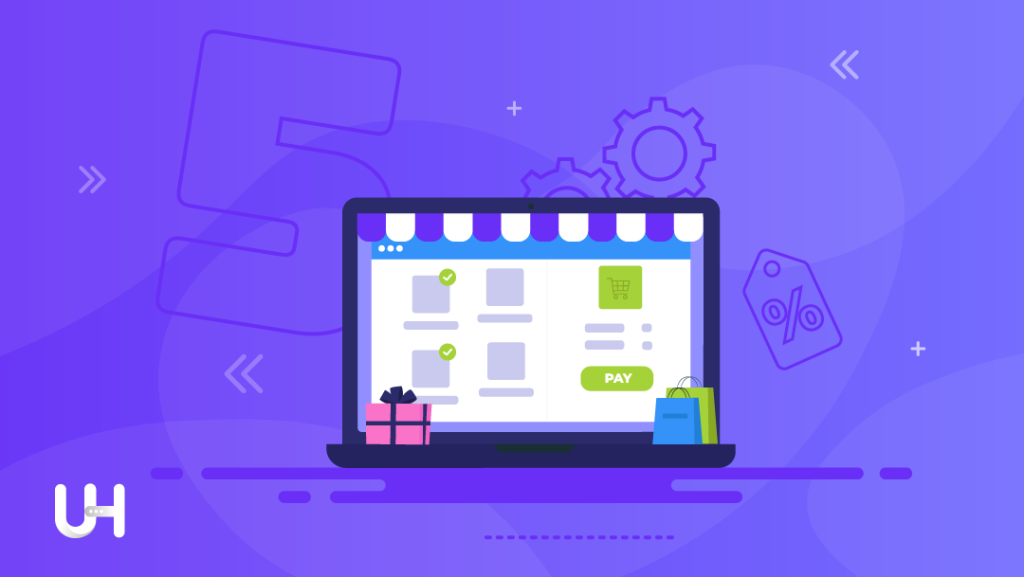
Valuable content
If you do not want your client to feel cheated, you must remember to provide them with the highest quality product. You can do all of the above, take care of marketing and use a thousand marketing tricks to get your readers to leave their e-mail addresses with you, but without valuable content, you will only waste time. Keep in mind that the reader, when entering their private e-mail, shows their trust in you. It would be preferable not to disappoint this trust.
Take care of the highest quality of the product you offer. Just because you don’t get paid for it doesn’t mean you can let go of the crap!
Don’t make promises about things you don’t intend to give. Do not write “several dozen pages of knowledge” when your pdf has 7 pages. If your product is not ready, do not let it see the light of day. And if you are not sure if the content provided is fulfilling its role, ask volunteers (e.g., on Fb) for a short review.
If you enjoyed this article, then you’ll love UltaHost hosting platform. Get 24/7 support from our support team. Our powered infrastructure focuses on auto-scaling, performance, and security. Let us show you the difference! Check out our plans!




